Matter in Miniature
Undergraduate 100D Option Studio, Spring 2020
University of California, Berkeley
We can know a house room by room, on the inside, but we cannot take in with the eye all the rooms on a floor. A dollhouse allows us to possess a house in this way, to see it more completely. The fascination of the miniature is in part the fascination of the mountain view. To be above, to look down, to take into the yearning eye more at a single glance: here we are at the very threshold of the lure of the miniature.
Steven Millhauser, “The Fascination of the Miniature” in Grand Street, Vol. 2, No. 4.
Considering the miniature as a full-size architectural trope in its own right allows for critical commentary on scale and materiality otherwise unavailable within the earnest confines of a traditional proposal. This studio is invested in the examination of scale as it is mobilized within architectural representations and the assumptions that are often made in translation to “full-size.” We will focus on the dollhouse as a particularly ubiquitous and fraught type of miniature, one where domestic conditioning has historically taken place, using its tropes to loosen the connection between the proposals we make and the way we communicate their urgency.
With current political and climatic crises of unprecedented scale, the miniature’s unique ability to render complexity navigable in a contained package is especially relevant, and points to ways that the designer’s toolkit might be expanded and empowered. What techniques used in familiar miniatures like model train sets and battle reenactment dioramas can be mobilized to communicate the scale and scope of the challenges we face right now? What other economies of communication can be learned from the small, ubiquitous bits and pieces that make up our material memories and clutter our homes?
This studio will be preoccupied with the intersection of scale and authenticity, interrogating how the audience of a miniature affects its materiality and use. By mobilizing the dollhouse we will look at all the ways we create little worlds in the likeness of our own, to what ends, and how they operate on our expectations and realities. What is the difference between a doll’s house and an architectural model?
The work of the semester will be to reconsider the dollhouse as a means of generating and communicating new ideas about housing, work, and social lives in the city. As traditional architecture projects, they will seek to solve a problem, to arrange a certain amount of programmed spaces on a specific site with particular conceptual and aesthetic values. As projects in the miniature realm, proposals will depart from the direct-scale paradigm of typical model-making to enjoy freedom of allusion and implication. The unique material and construction details of the dollhouse will be contrasted with their “full-size” counterparts, in the process mined for novel idiosyncrasies.

Roadside Attraction Dioramas - Denise Tan, Peter Martinka, Oliver Moldow

Roadside Attraction Dioramas - Denise Tan, Peter Martinka, Oliver Moldow

Roadside Attraction Dioramas - Denise Tan, Peter Martinka, Oliver Moldow

Parr House Dollhouse - Victoria Wu, Vivian Nguyen, Tim Thai

Parr House Dollhouse - Victoria Wu, Vivian Nguyen, Tim Thai

House N Dollhouse - Han Koh, Brandon Tsukano, Randy Rios

Goodman House Dollhouse (Bag) - Denise Tan, Peter Martinka, Oliver Moldow

Goodman House Dollhouse (Bag) - Denise Tan, Peter Martinka, Oliver Moldow

Feminist Intersections - Denise Tan

Feminist Intersections - Denise Tan
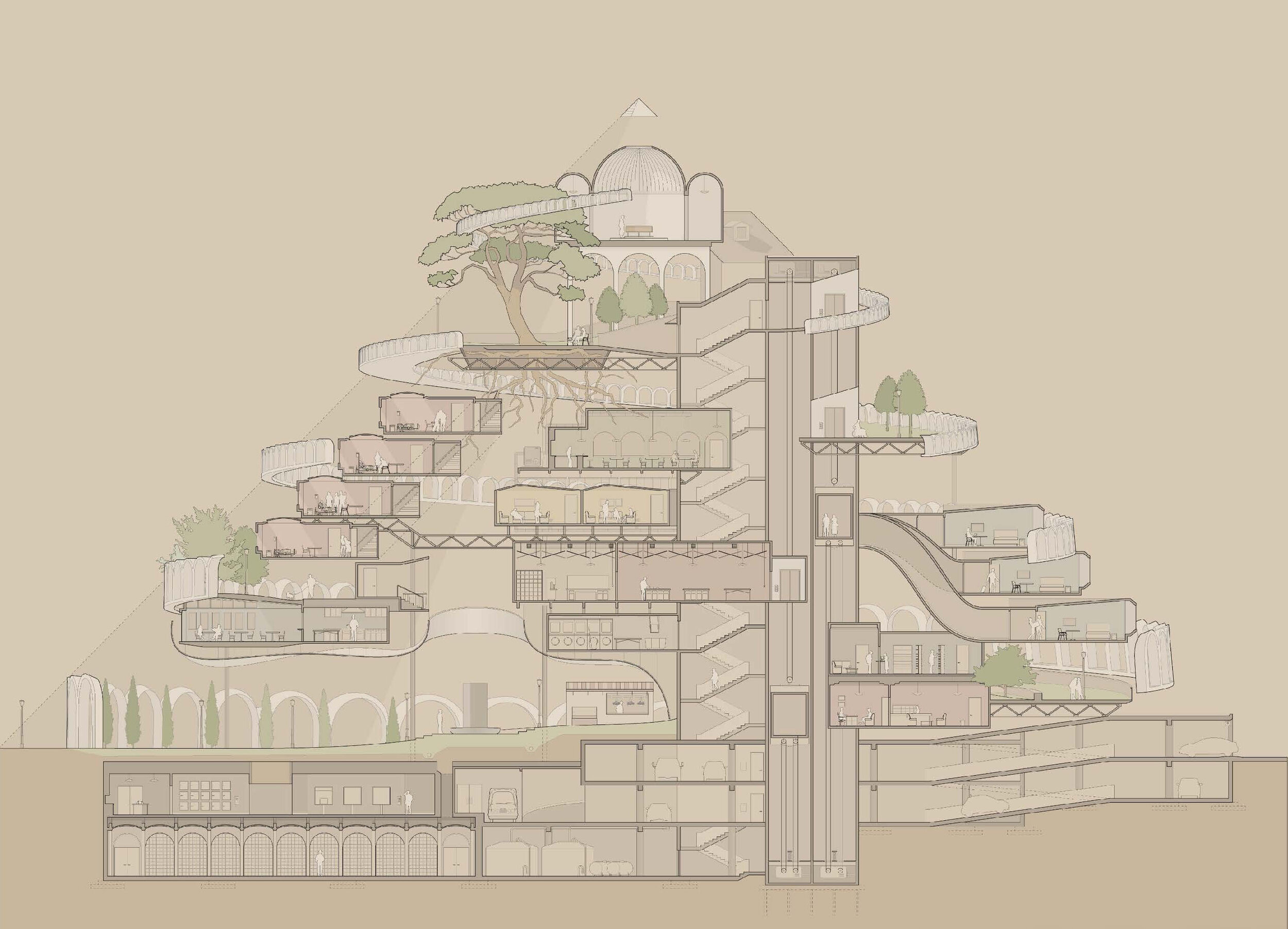
Passage - Peter Martinka

Passage - Peter Martinka

Passage - Peter Martinka
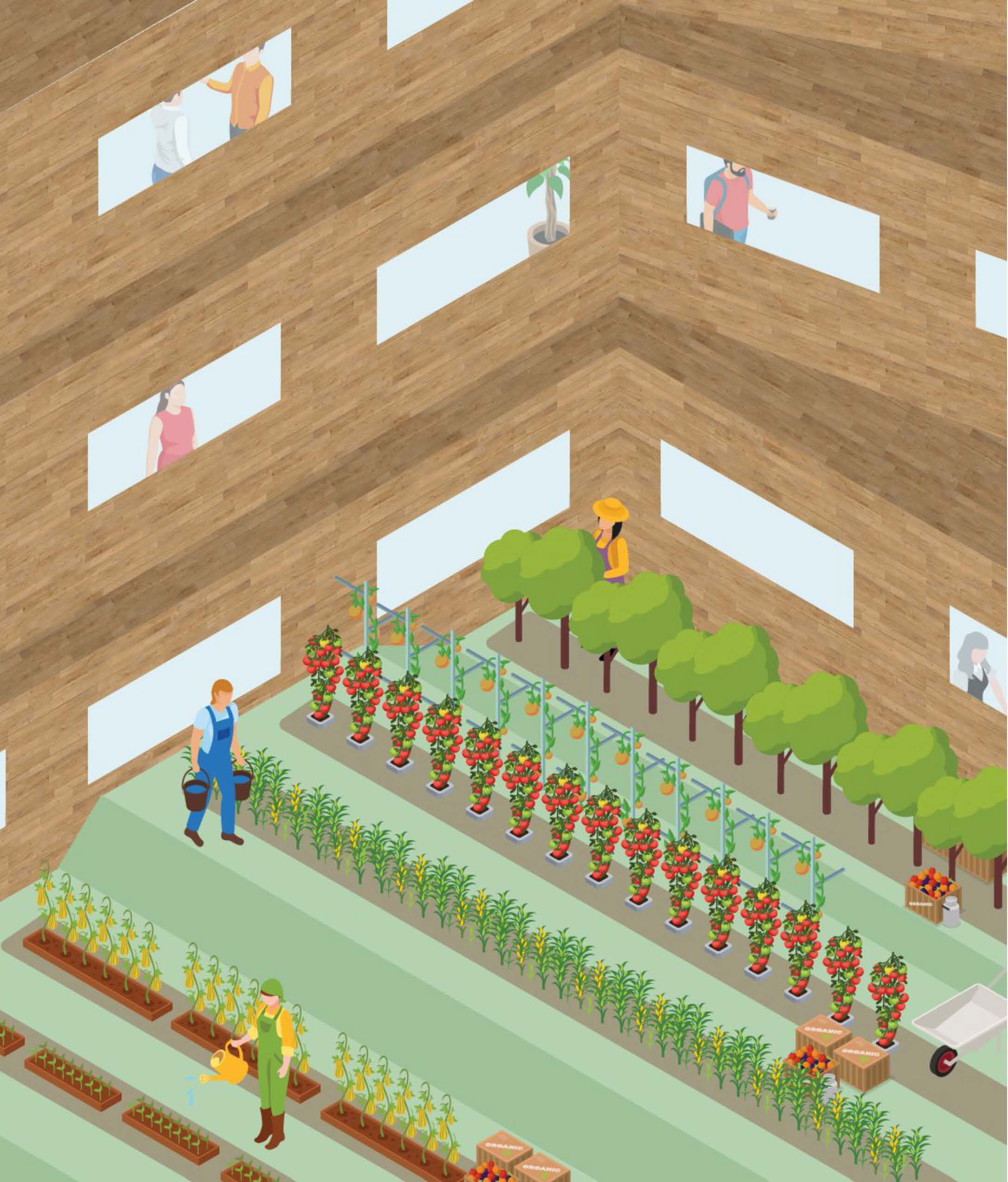
URBNFRM - Victoria Wu, Vivian Nguyen, Tim Thai
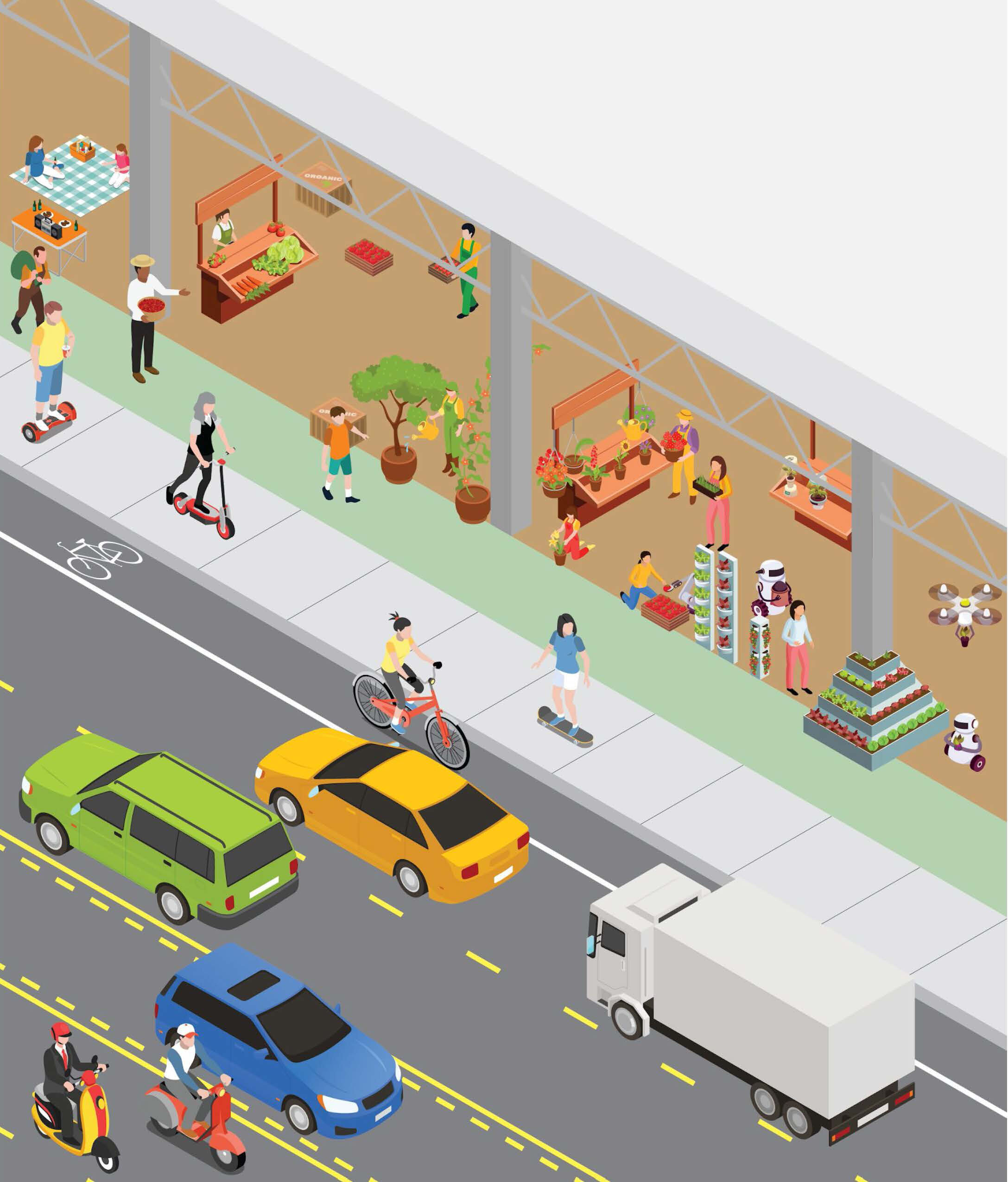
URBNFRM - Victoria Wu, Vivian Nguyen, Tim Thai
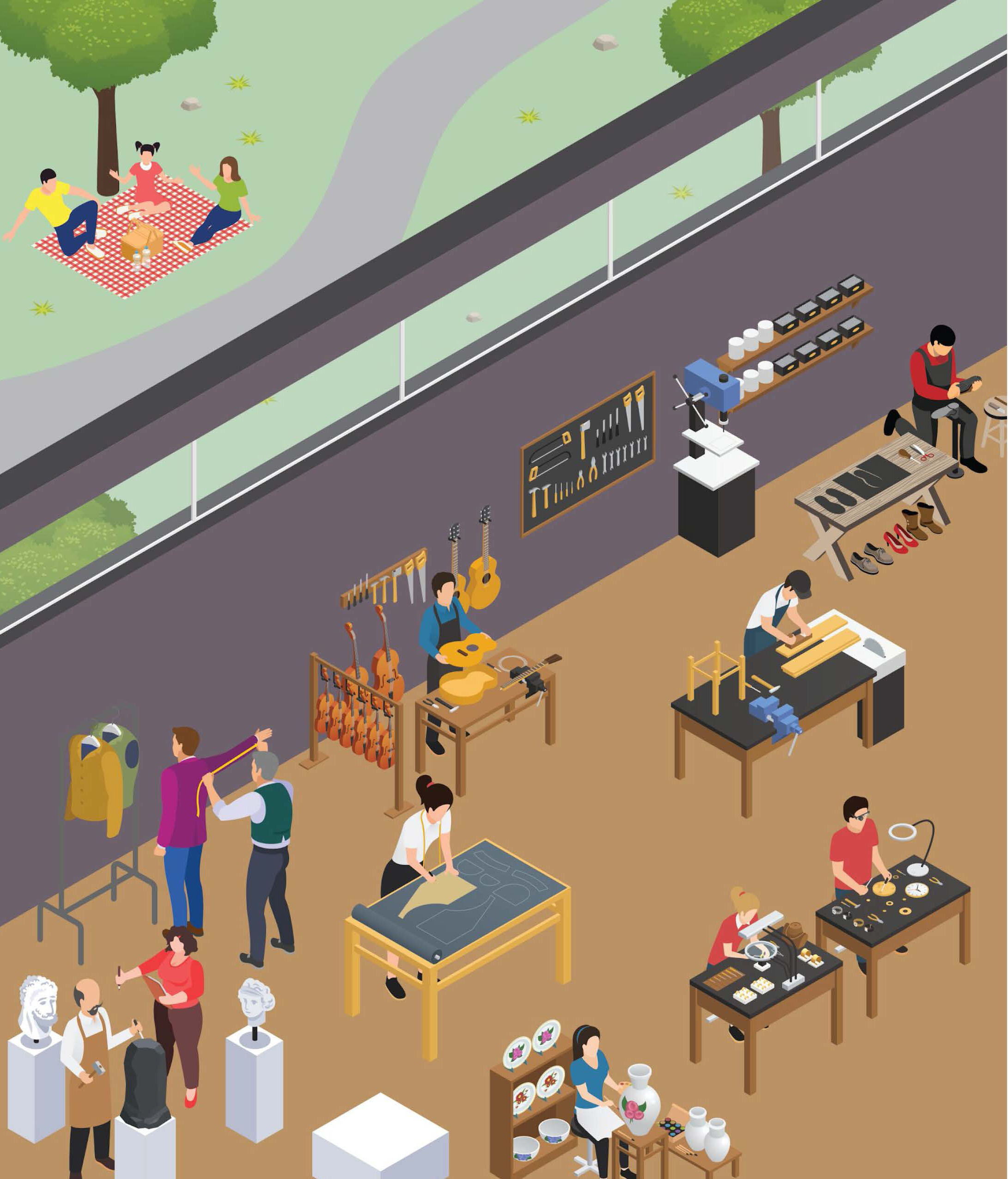
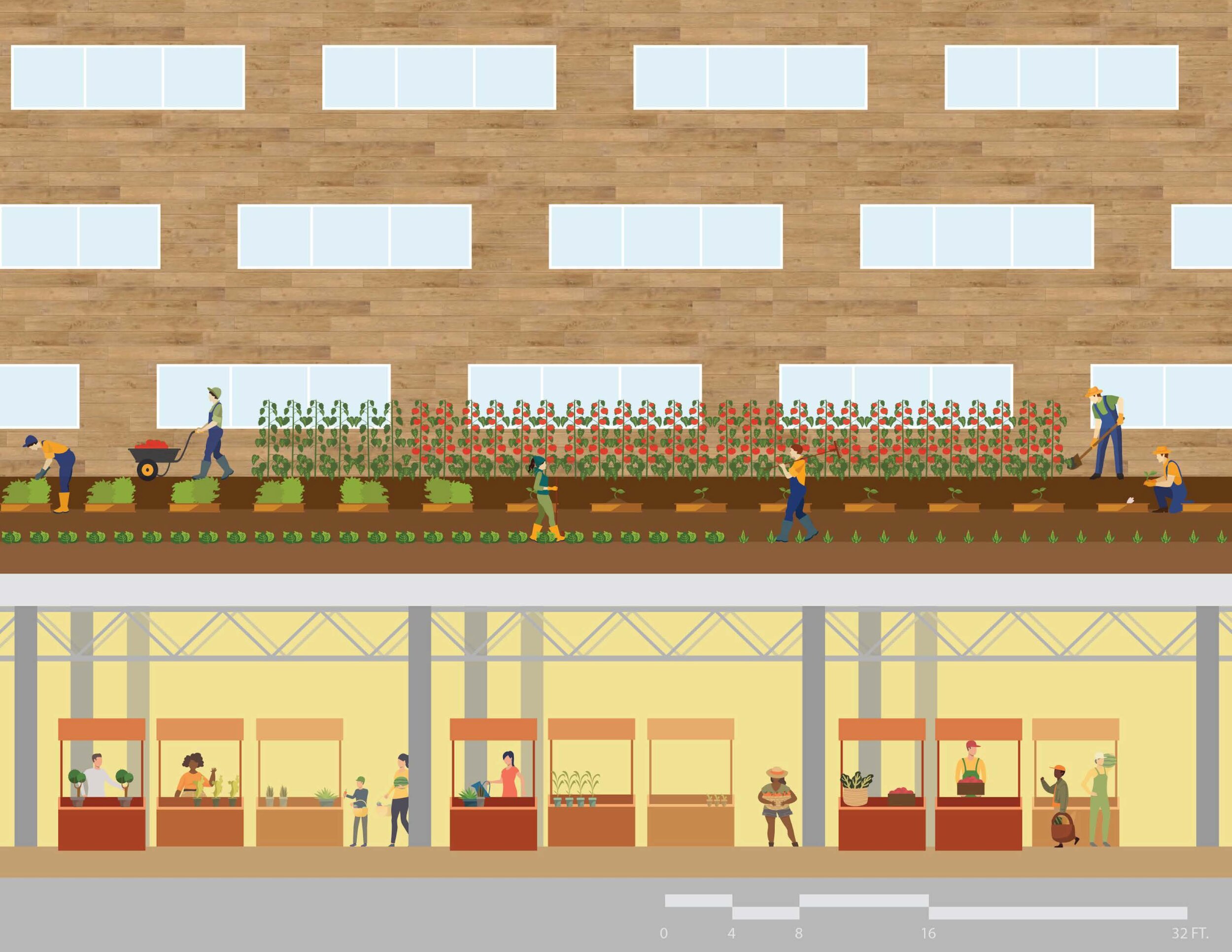
URBNFRM - Victoria Wu, Vivian Nguyen, Tim Thai
